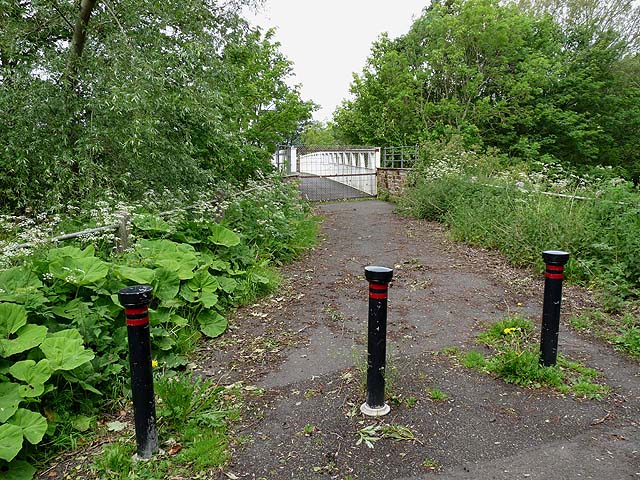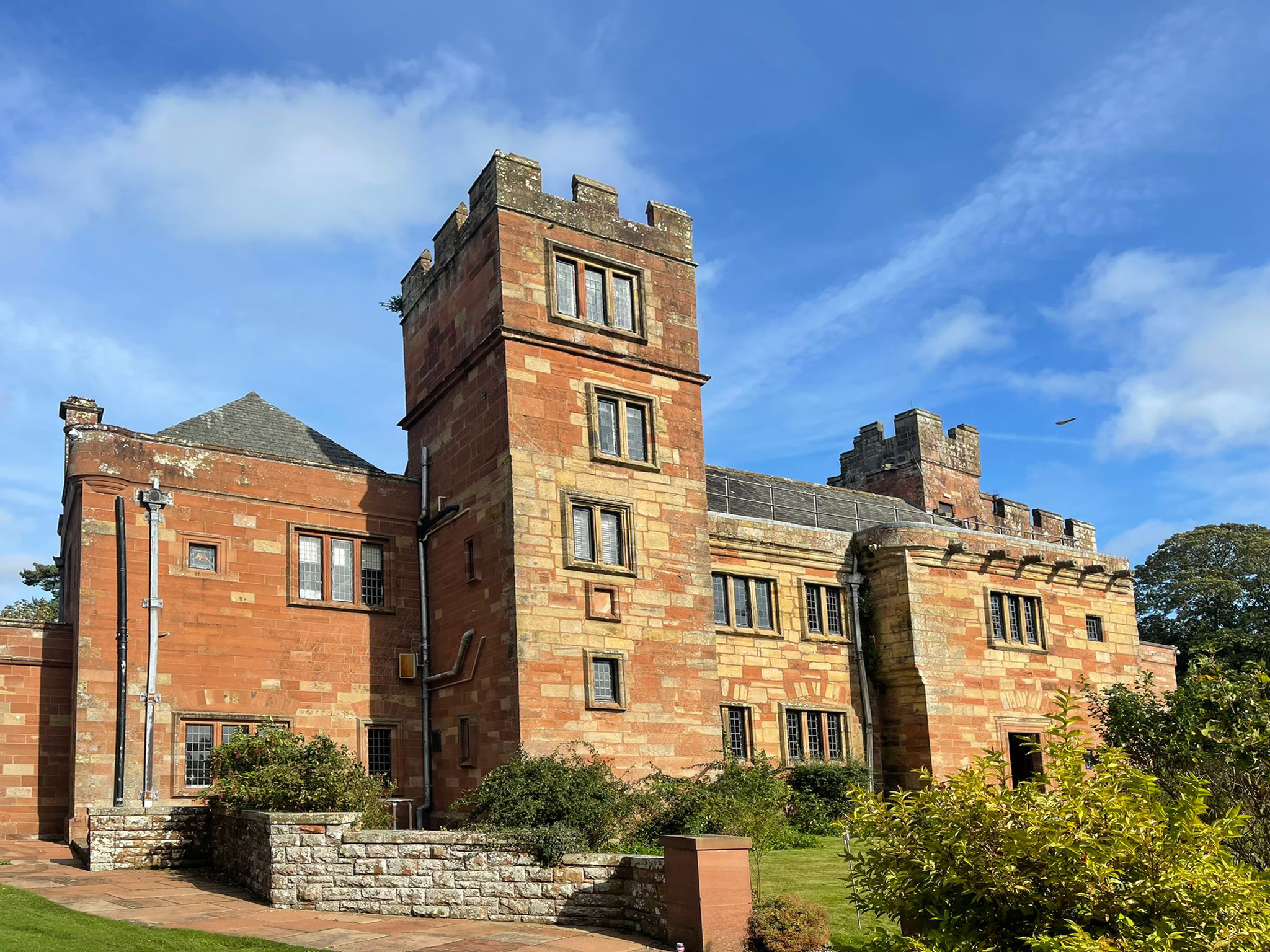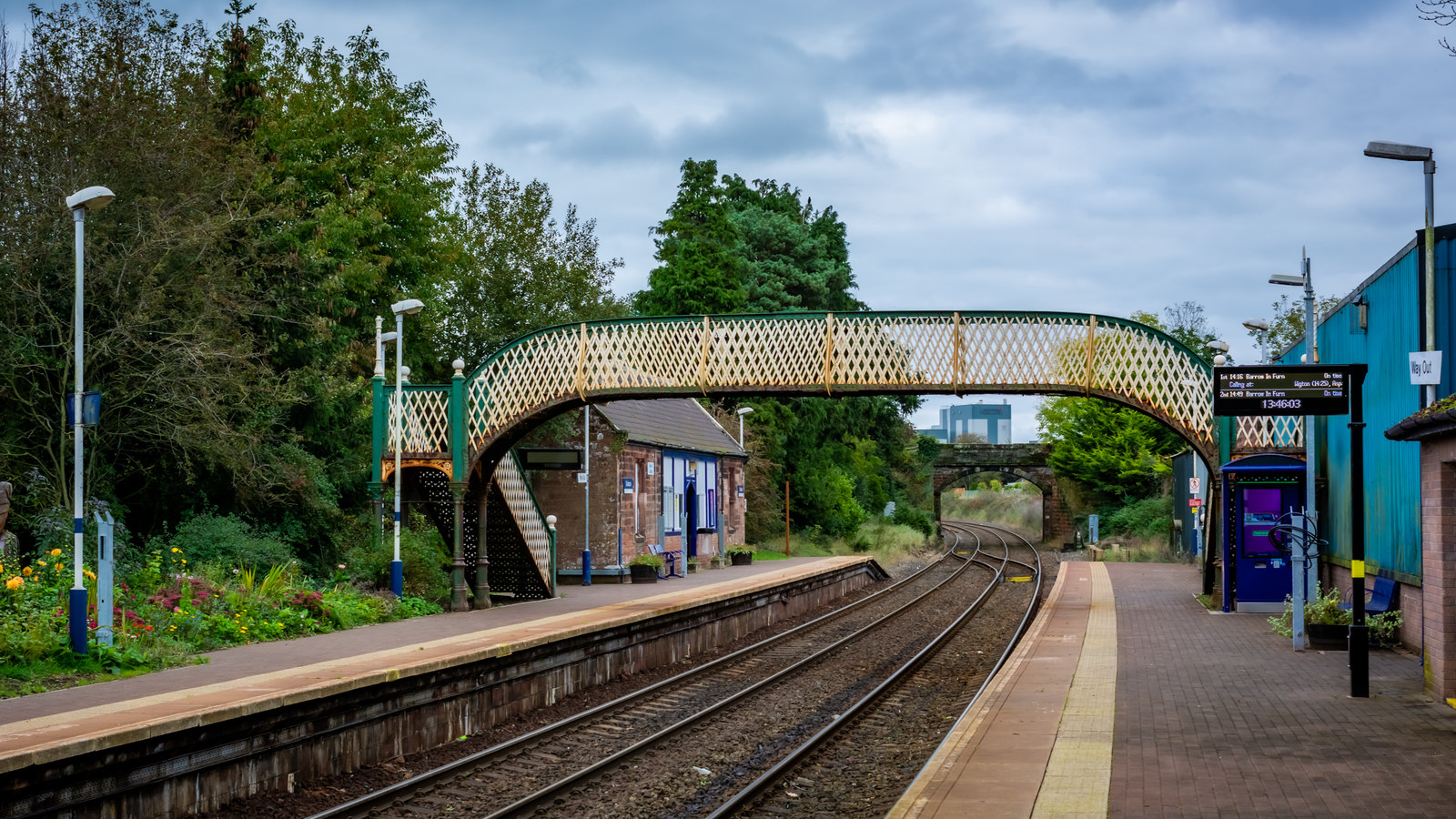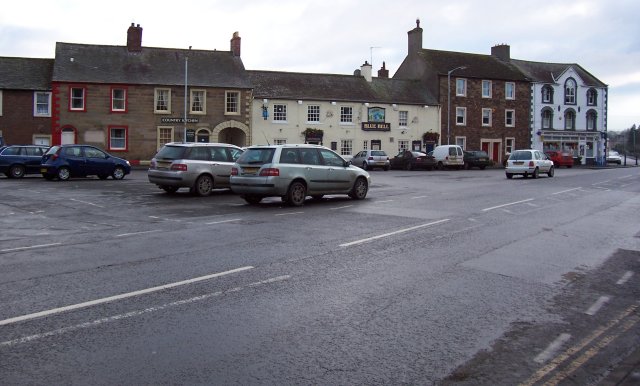Dalston Hall
Heritage Site in Cumberland Carlisle
England
Dalston Hall

Dalston Hall, located in Cumberland, England, is a historical heritage site renowned for its rich history and architectural significance. Situated in the village of Dalston, just a few miles southwest of Carlisle, the hall has been an integral part of the region for centuries.
Originally built in the 15th century, Dalston Hall is an exquisite example of medieval architecture. The hall features a magnificent tower, stone walls, and a grand entrance gate, all of which contribute to its impressive appearance. Over the years, the building has undergone several alterations and extensions, blending different architectural styles and adding to its charm.
Throughout its history, Dalston Hall has witnessed numerous significant events. It has been associated with notable figures, including the Earls of Dalston, Sir John Dalston, and the Graham family. The hall served as a residence for these influential families and played a vital role in the local community.
Today, Dalston Hall stands as a testament to the area's heritage and offers visitors a chance to explore its historical significance. The hall has been converted into a luxury hotel, providing guests with a unique opportunity to experience the grandeur of the past while enjoying modern amenities. The magnificent gardens surrounding the hall further enhance its appeal, offering a serene and picturesque setting for visitors to relax and appreciate the beauty of the estate.
Dalston Hall is a cherished heritage site in Cumberland, attracting history enthusiasts, architecture lovers, and tourists alike. With its rich history, stunning architecture, and beautiful surroundings, it continues to captivate visitors with its timeless charm and elegance.
If you have any feedback on the listing, please let us know in the comments section below.
Dalston Hall Images
Images are sourced within 2km of 54.853/-2.973 or Grid Reference NY3751. Thanks to Geograph Open Source API. All images are credited.















Dalston Hall is located at Grid Ref: NY3751 (Lat: 54.853, Lng: -2.973)
Administrative County: Cumbria
District: Carlisle
Police Authority: Cumbria
What 3 Words
///meant.hints.crisis. Near Dalston, Cumbria
Nearby Locations
Related Wikis
Dalston Hall
Dalston Hall is a fortified country house at Dalston in Cumbria, England. It is a Grade II* listed building. == History == Dalston Hall was built around...
Dalston railway station (Cumbria)
Dalston railway station serves the village of Dalston near Carlisle in Cumbria, England. It is on the Cumbrian Coast Line, which runs between Carlisle...
Dalston, Cumbria
Dalston is a large village and civil parish within Cumberland unitary authority area, Cumbria, and historically part of Cumberland. It is situated on the...
Cummersdale railway station
Cummersdale was a railway station on the Maryport and Carlisle Railway (M&CR) serving Cummersdale in Cumbria. The station was opened by the M&CR in 1858...
Nearby Amenities
Located within 500m of 54.853,-2.973Have you been to Dalston Hall ?
Leave your review of Dalston Hall below (or comments, questions and feedback).






